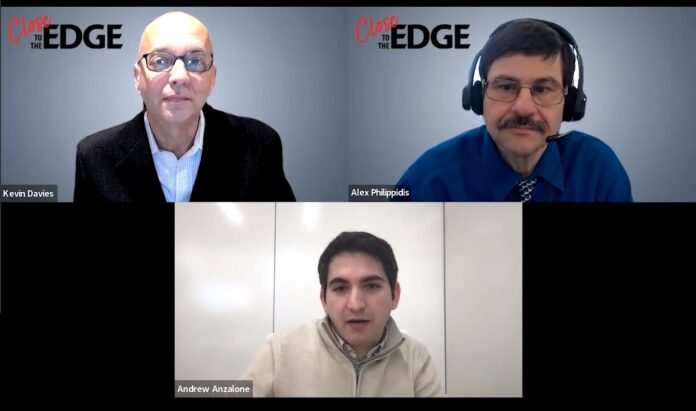The rise of CRISPR a decade ago electrified Andrew Anzalone, MD, PhD, while he was pursuing both degrees at Columbia University. Soon, however, that enthusiasm was tempered by his realizing that the pioneering technology could not correct most genetic diseases, which in turn sparked his interest in an alternative genome editing approach that could.
Anzalone discusses his career in genome editing on GEN‘s Close to the Edge. He relates how he conceived the idea for prime editing, a “search and replace” gene editing approach, while he was a Jane Coffin Childs Memorial Fund postdoctoral fellow in the laboratory of David Liu, PhD.
The technology was first disclosed publicly in October 2019, when Liu and colleagues at the Broad Institute of MIT and Harvard published a paper in Nature that laid out a new mechanism for genome editing called “prime editing” that did not make double-strand breaks in the target sequence or use a donor DNA template. Liu and Anzalone co-founded a company formed to commercialize the technology, Prime Medicine, where Anzalone is the lead developer of prime editing, and the company’s scientific co-founder and head of its prime editing platform.
Despite a bear market for newly-public biotechs, Prime Medicine launched an upsized initial public offering (IPO) that raised $180.3 million in net proceeds. In its IPO prospectus, Prime disclosed a pipeline of 18 programs, all in discovery phases. Half are within its “immediate” strategic category, and include programs targeting blood, liver, eye, and ear disorders. The rest of Prime’s pipeline includes programs targeting Duchenne muscular dystrophy, cystic fibrosis, and seven repeat expansion disease-targeting programs.




Comments are closed.